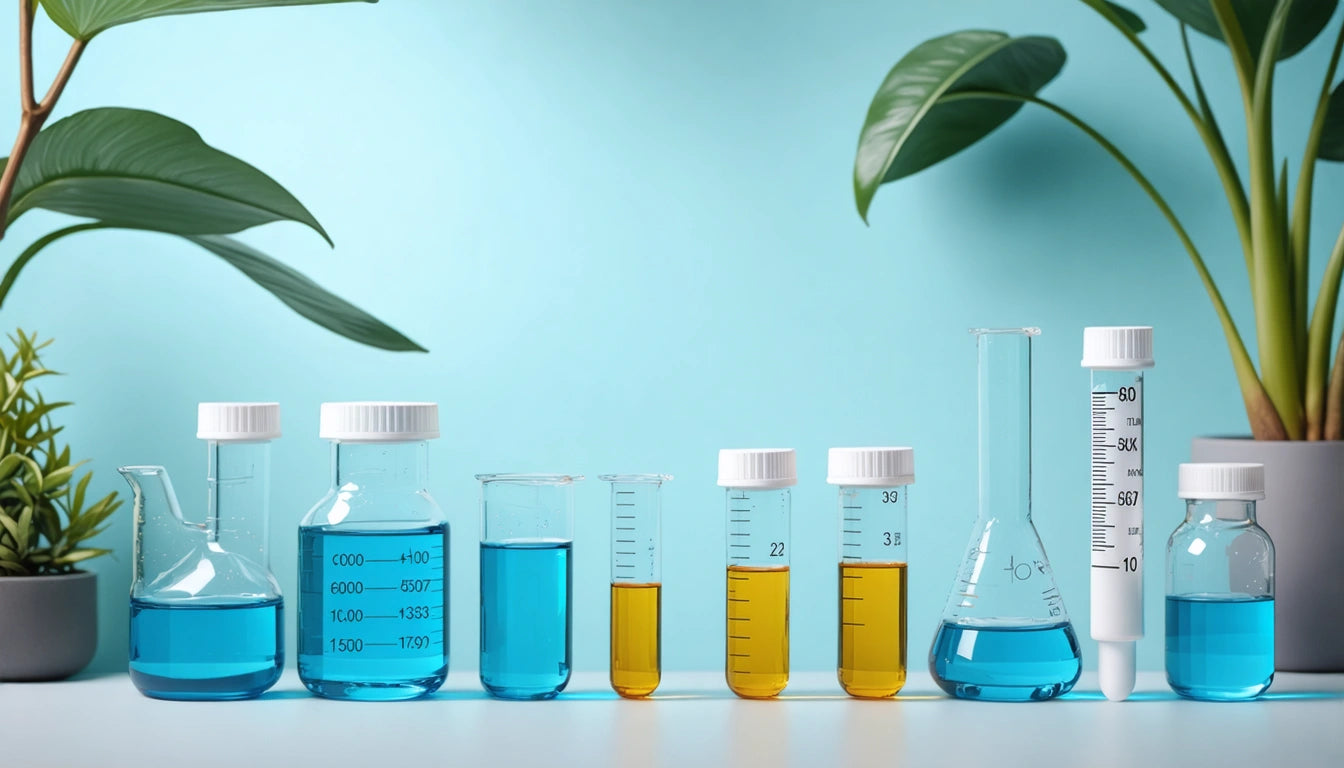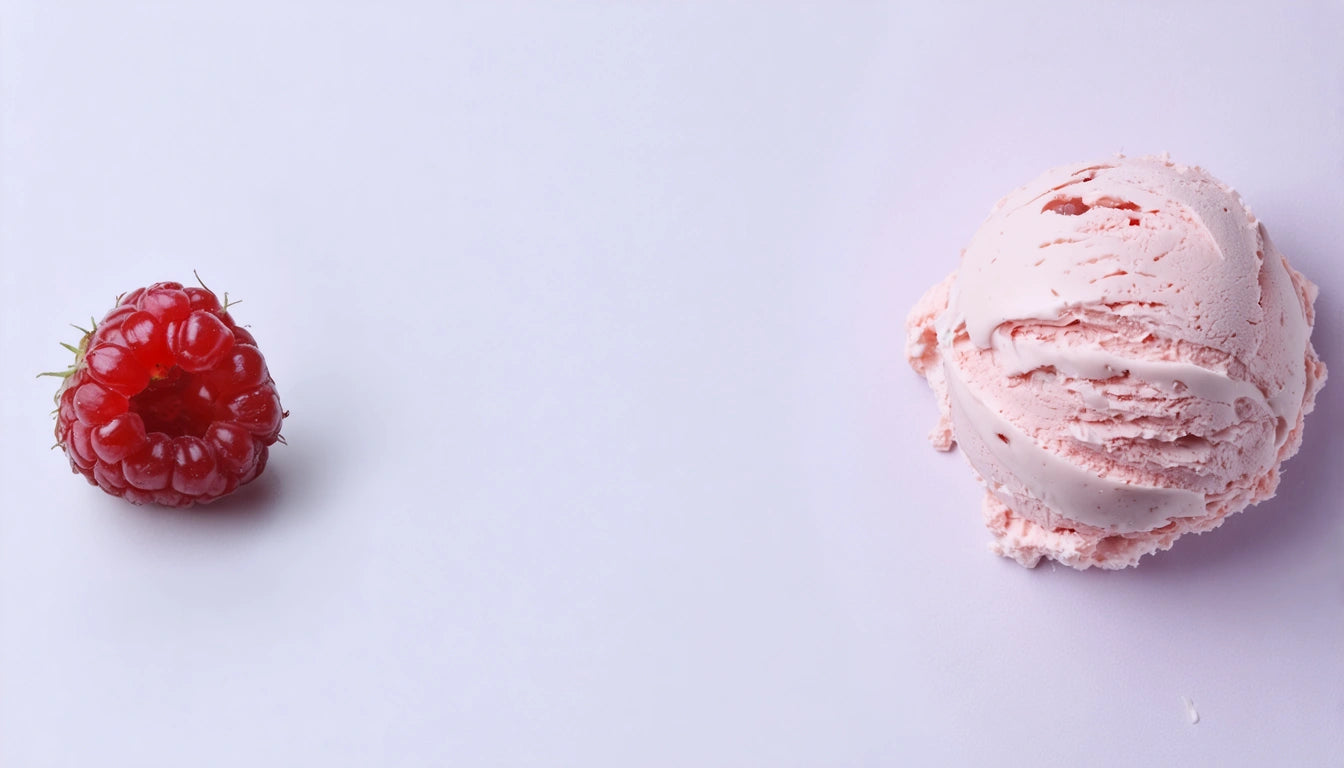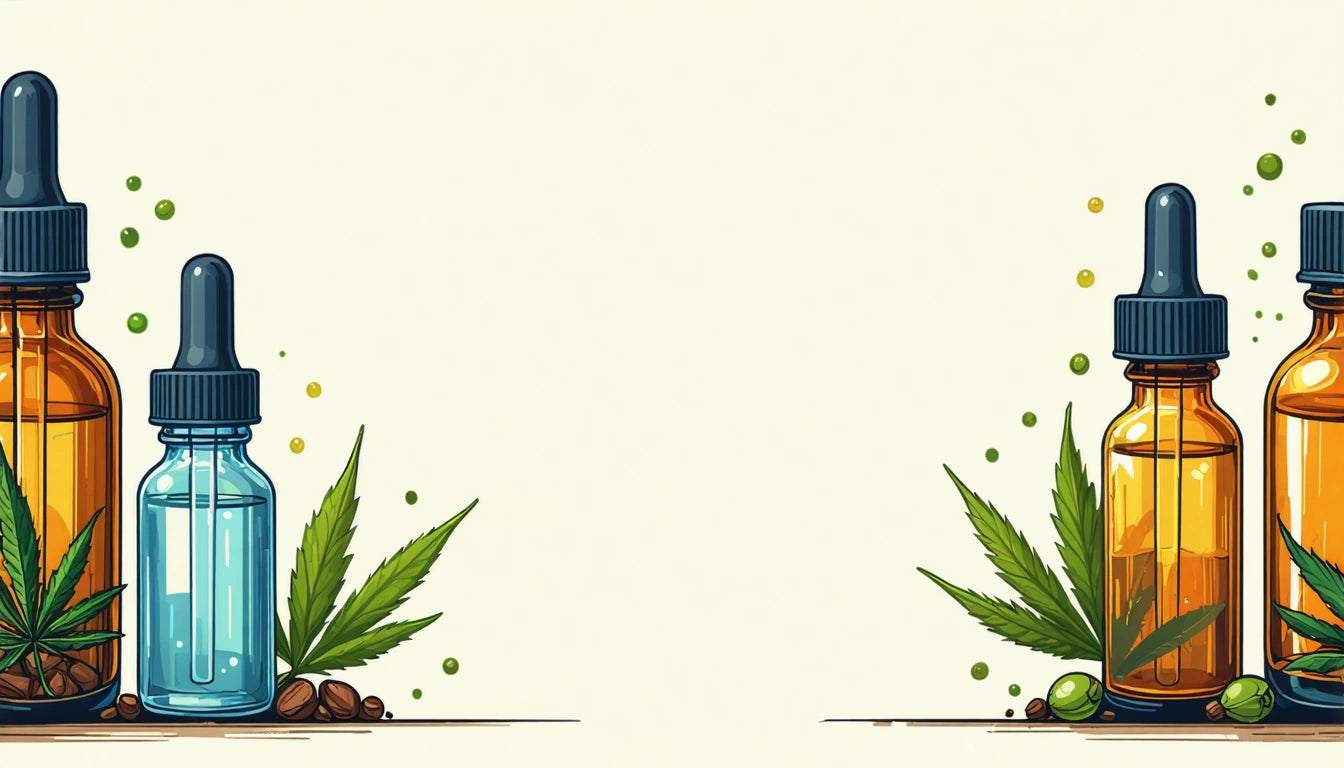Table of Contents
Home Drug Tests vs. Lab Tests: Sensitivity and Accuracy Compared
Understanding the differences between home drug tests and laboratory testing is crucial for anyone concerned about drug screening results. While both types serve similar purposes, they differ significantly in sensitivity, accuracy, and reliability. This comparison explores why lab drug tests are generally more sensitive than home tests and what this means for individuals facing different testing scenarios.
Fundamental Differences Between Home and Lab Drug Tests
Home drug tests and laboratory tests operate on similar principles but with vastly different levels of sophistication. Home tests typically use immunoassay technology, which detects drug metabolites through antibody reactions. These tests provide quick results but with limitations in sensitivity and specificity.
Laboratory tests, by contrast, often employ a two-step process: an initial immunoassay screening followed by confirmatory testing using gas chromatography/mass spectrometry (GC/MS) or liquid chromatography/mass spectrometry (LC/MS). This secondary analysis significantly reduces the chance of false positives and provides quantitative results rather than simple positive/negative readings.
Understanding drug screens and their differences from comprehensive drug tests helps clarify why lab results are considered the gold standard in detection.
Sensitivity Comparison: Why Lab Tests Detect More
The question "are home drug tests as sensitive as lab tests" has a straightforward answer: no. Laboratory tests typically have lower detection thresholds, meaning they can identify smaller amounts of drug metabolites in a sample. This heightened sensitivity stems from several factors:
- More sophisticated equipment calibrated to detect trace amounts
- Controlled testing environments that minimize contamination
- Trained technicians who follow strict protocols
- Advanced analytical methods that can differentiate between similar compounds
For example, while a home test might detect THC metabolites at levels of 50 ng/mL, a laboratory test might identify concentrations as low as 15 ng/mL or even less. This difference explains why passing a home drug test doesn't guarantee passing a subsequent lab test.
Accuracy Factors: What Influences Test Results
When comparing First Check drug test vs. lab test results, several factors influence accuracy:
Sample Collection and Handling
Laboratory specimens undergo chain-of-custody procedures that maintain sample integrity. Home tests lack these safeguards, potentially compromising results through improper collection or storage.
Temperature and Environmental Factors
Home test accuracy can be affected by storage conditions and ambient temperature during testing. Laboratory environments control these variables precisely.
Interpretation Expertise
Reading home test results requires careful timing and interpretation. Faint lines or color changes may be misinterpreted by untrained individuals. In contrast, lab technicians are specifically trained to analyze results accurately.
The packaging industry has responded to these challenges by developing more sophisticated home testing products. For instance, specialized protective packaging solutions help maintain test kit integrity during storage and transportation, potentially improving reliability for home users.
Detection Windows and Substance Thresholds
Another key difference between home and laboratory testing involves detection windows. Lab tests generally have longer detection periods for most substances due to their enhanced sensitivity.
For cannabis specifically, detection windows vary significantly:
- Home tests: Typically detect THC metabolites for 3-7 days in occasional users
- Lab tests: May detect THC metabolites for 7-30+ days depending on usage patterns
These differences become particularly important when understanding employment drug testing requirements, where lab testing is standard practice.
False Positives and Confirmatory Testing
Home drug tests have higher rates of false positives than laboratory tests. Common substances that can trigger false positives include:
- Certain over-the-counter medications
- Prescription drugs
- Foods containing poppy seeds
- Nutritional supplements
Laboratory testing mitigates this risk through confirmatory testing. If an initial screening is positive, the GC/MS confirmation test specifically identifies the exact substance present, virtually eliminating false positives.
Understanding the differences between blood and urine drug tests also highlights why different testing methods may be preferred in various scenarios.
Future Testing Implications for Consumers and Employers
As testing technology evolves, the gap between home and laboratory testing may narrow. However, several considerations remain important for both consumers and employers:
For individuals concerned about testing positive, strategies for passing a home urine drug test may not translate to success in laboratory settings due to the sensitivity differences discussed.
For employers, understanding that home tests provide preliminary results at best is crucial. Confirmatory laboratory testing remains essential for legally defensible results, particularly in employment contexts.
The science of urine drug test processes continues to advance, with improvements in both home and laboratory testing methods expected in coming years.
Ultimately, while home drug tests offer convenience and privacy, laboratory testing provides the definitive results needed for medical, legal, or employment purposes. This fundamental difference in reliability and sensitivity will likely persist even as testing technology continues to improve.











Leave a comment
All comments are moderated before being published.
This site is protected by hCaptcha and the hCaptcha Privacy Policy and Terms of Service apply.